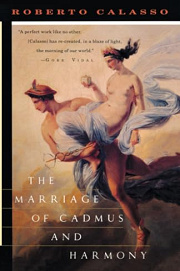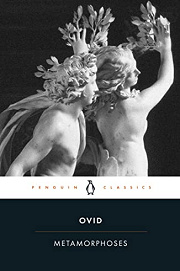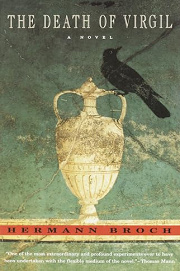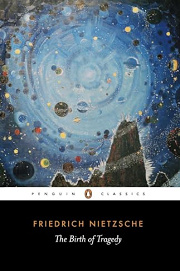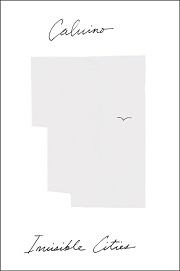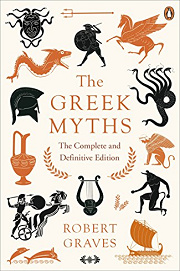Share your thoughts in a quick Shelf Talk!
The Marriage of Cadmus and Harmony by Roberto Calasso
Gods step lightly into the lives of mortals, and ancient stories glow with new meaning. Lyrical and learned, The Marriage of Cadmus and Harmony guides you through the myths of Greece as living, shimmering tales—inviting you to hear the echo of their truths in our own time.
Have you read this book? Share what you liked (or didn’t), and we’ll use your answers to recommend your next favorite read!
Love The Marriage of Cadmus and Harmony but not sure what to read next?
These picks are popular with readers who enjoyed this book. Complete a quick Shelf Talk to get recommendations made just for you! Warning: possible spoilers for The Marriage of Cadmus and Harmony below.
In The Marriage of Cadmus and Harmony, did you enjoy ...
... a lyrical, erudite tour through Greek myth—from Europa’s abduction to Dionysus’s rites—woven into a single, sweeping continuum?
Metamorphoses by Ovid
If the way Calasso braids Cadmus sowing the dragon’s teeth, Harmonia’s ill‑starred necklace, and Tiresias’s double transformation thrilled you, Ovid’s Metamorphoses is the fountainhead. You’ll move from Europa riding the bull to Perseus, Orpheus, and the birth of Dionysus in a seamless current of transformations. Like Calasso, Ovid stitches disparate episodes into one living fabric, letting myths echo across centuries while keeping the language lush and incantatory.
... sumptuous, baroque prose that turns antiquity and its symbols into a visionary meditation?
The Death of Virgil by Hermann Broch
Did Calasso’s rhapsodic sentences and dreamlike images—Cadmus hearing the dragon’s voice in the soil, Harmonia becoming a serpent beside him—pull you under? Broch’s The Death of Virgil offers the same hypnotic density. As Virgil arrives in Brundisium to burn the Aeneid, the prose swells into a river of images and mythic correspondences, transforming history into vision much as Calasso transfigures Thebes and the gods into living symbols.
... myth as a vehicle for deep ideas about gods, ritual ecstasy, and the making of a culture?
The Birth of Tragedy by Friedrich Nietzsche
If you were drawn to how Calasso reads Dionysus’s advent—sparagmos, masks, and the unsettling joy beneath Thebes—as a key to Greek consciousness, Nietzsche’s The Birth of Tragedy is a bracing companion. He frames Apollo and Dionysus as twin forces shaping art and life, illuminating the same rites and figures that haunt Cadmus’s line and the catastrophe woven into Harmonia’s gift.
... a mosaic of nested tales that accumulate meaning through patterns and echoes rather than a linear plot?
Invisible Cities by Italo Calvino
If you loved how Calasso constellates stories—Europa leading to Cadmus, to Thebes, to Semele and Dionysus—Calvino’s Invisible Cities builds a similar lattice. Marco Polo’s brief city‑vignettes talk to one another the way myths do in Cadmus and Harmony, each refracting themes of memory, desire, and ruin, until the frame with Kublai Khan becomes a meditation on how stories make civilizations.
... scholarly retellings with commentary that interlink variants—Cadmus, Harmonia, and the cursed necklace—into a grand design?
The Greek Myths by Robert Graves
If the connective tissue in Calasso—the way the necklace of Harmonia passes ruin from Thebes to later generations—delighted you, Graves’s The Greek Myths doubles down. You’ll get the Cadmus cycle alongside alternative versions, with incisive notes that trace motifs across Europa, Semele, and Dionysus, yielding the same heady sense that every tale is a thread in a wider, intelligible weave.
Unlock your personalized book recommendations! Just take a quick Shelf Talk for The Marriage of Cadmus and Harmony by Roberto Calasso. It’s only a few questions and takes less than a minute.
